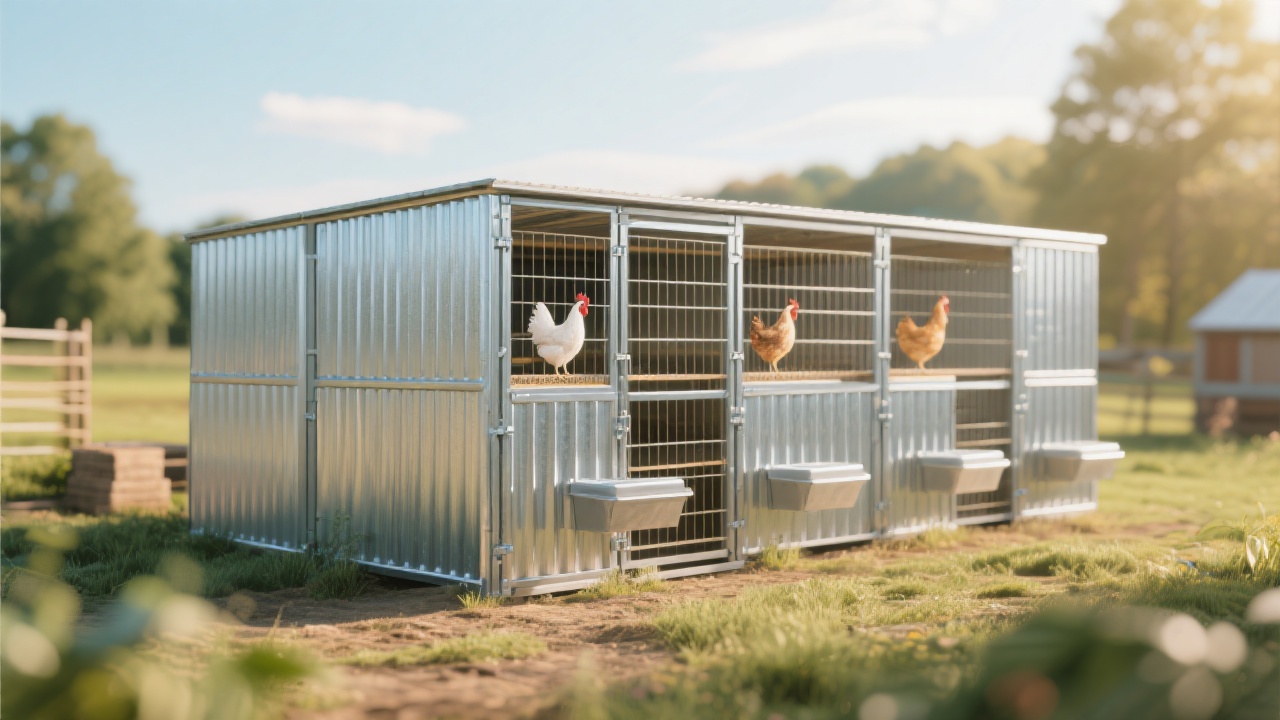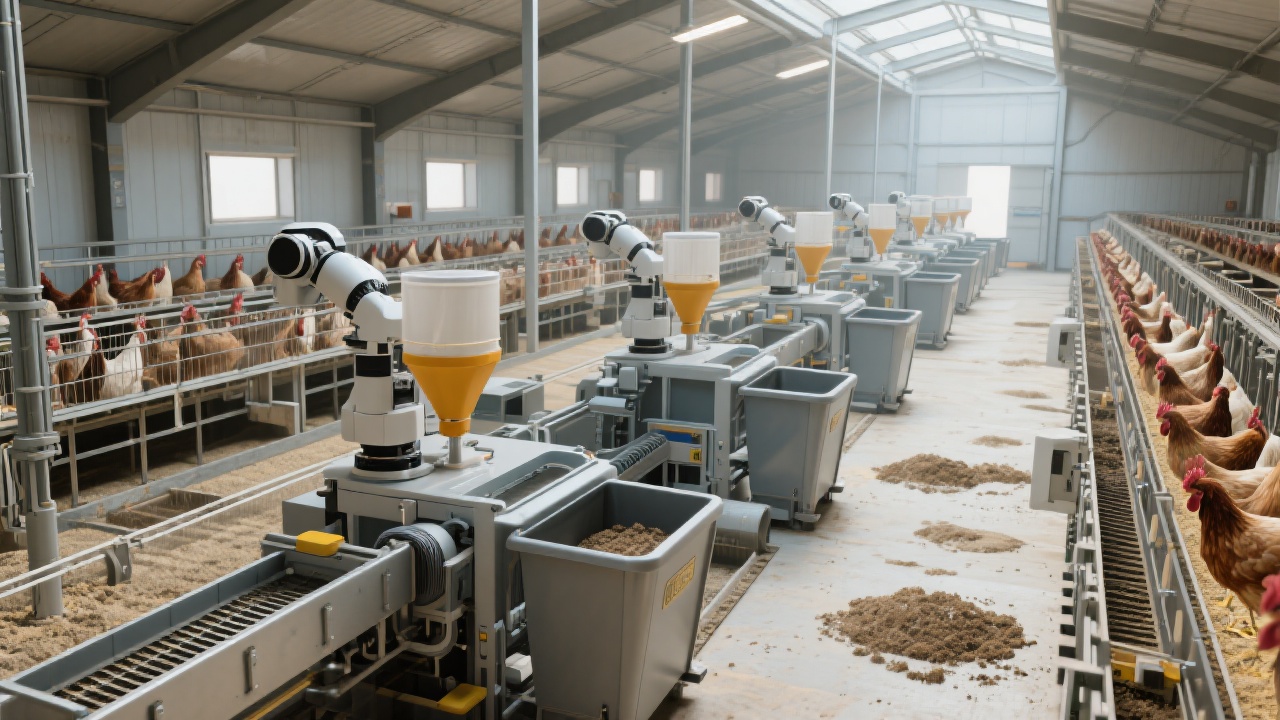
Managing a layer chicken farm with 5,000 to 30,000 birds requires a reliable and efficient manure cleaning and egg collection system to maximize productivity and reduce labor costs. Traditional manual egg collecting and manure cleaning often come with high labor intensity, hygiene challenges, and frequent operational interruptions. The H-type automated layer cage system, integrating egg rollers and timed manure scrapers, offers a perfect solution, but only if maintained properly.
At the core of the H-type system lies a thoughtful design focusing on ergonomic egg slide angles, scheduled manure cleaning cycles, and integrated ventilation-temperature control for optimal bird welfare. The egg rollers gently guide eggs to collection belts, minimizing cracks and contamination, while the manure scrapers activate at intervals to keep cages clean and prevent ammonia buildup.
| Flock Size | Recommended Cage Module Combination | Key Configuration Notes |
|---|---|---|
| 5,000 Birds | 10 x 500-Bird Modules | Standard egg rollers + manual backup scraper |
| 15,000 Birds | 30 x 500-Bird Modules | Automated scrapers + real-time ventilation sensors |
| 30,000 Birds | 60 x 500-Bird Modules | Fully integrated digital control with remote monitoring |
Selecting the right configuration based on flock size and operational demands ensures energy-efficient cycles, smoother workflow, and fewer manual interventions—leading to labor savings of over 30% compared to traditional approaches.
Despite robust design, operational hiccups can occur, primarily due to:
Inspection & Cleaning: Perform daily visual inspections for egg sliding tracks and scraper blades. Clean off debris and manure residues using water and mild agents. Avoid high-pressure sprays near electrical components.
Alignment Checks: Weekly assessment of egg roller angles and scraper tension to adhere strictly to manufacturer specifications (typically 15-20 degrees incline for egg rollers).
Lubrication: Apply food-grade lubricants to moving parts monthly to reduce friction and prevent premature wear.
System Tests: Run manual cycles post-cleaning to verify smooth egg passage and scraper movement.
Ventilation Control: Monitor humidity sensors and ensure airflows remain within 50-60% relative humidity to prevent manure clumping.

Employees are key to sustained equipment reliability. Establishing standardized operating procedures (SOPs) supported by clear visual aids and interactive video tutorials ensures consistent maintenance quality. Focus training on:
Farms applying these standardized workflows report a 25% reduction in downtime and up to a 15% increase in egg recovery rates.

“Since upgrading to the H-type automatic cleaning system with rigorous maintenance training, we reduced our labor costs by 35% and increased daily egg collection efficiency by over 18%. Downtimes due to blockages are now virtually eliminated.” — Green Valley Layer Farm, USA
Such testimonials underscore the strategic value of systematic daily care combined with scientifically tailored cage system designs. Implementing the right equipment matched to your flock size and adhering to maintenance routines can yield measurable cost savings and productivity gains.

Empower your poultry operation with proven automated manure and egg collection solutions: Discover How to Slash Labor Costs and Boost Egg Output Today »

